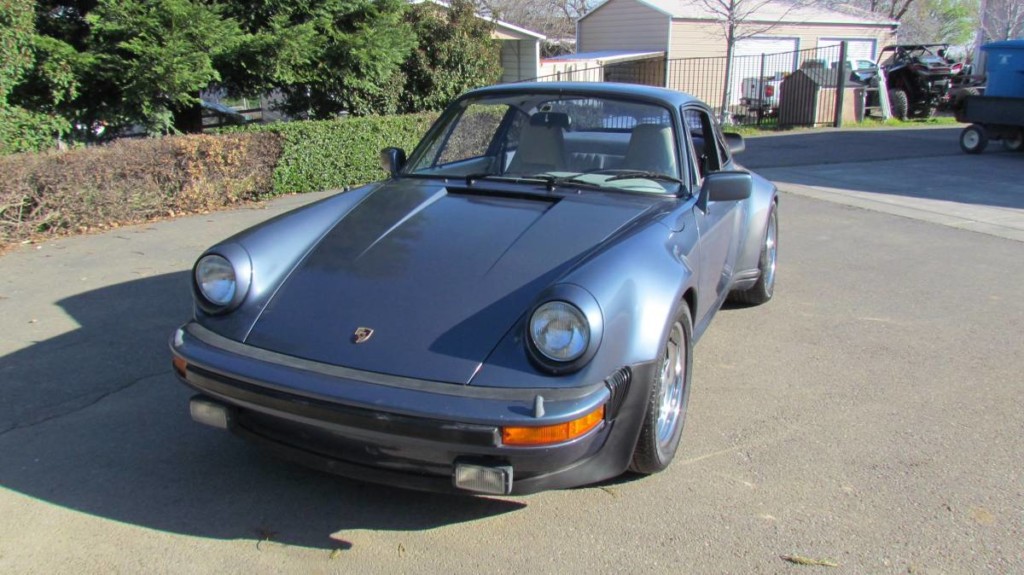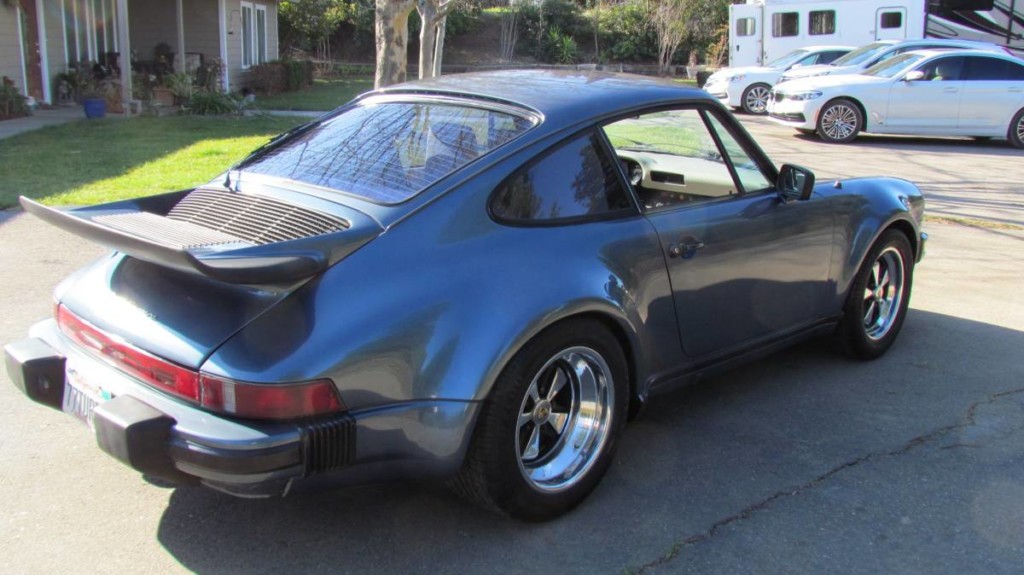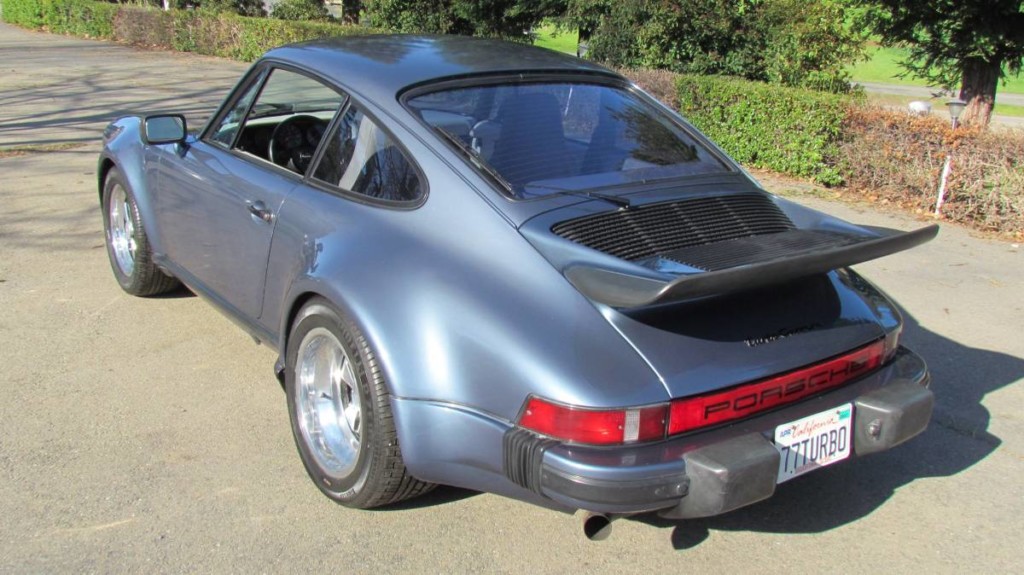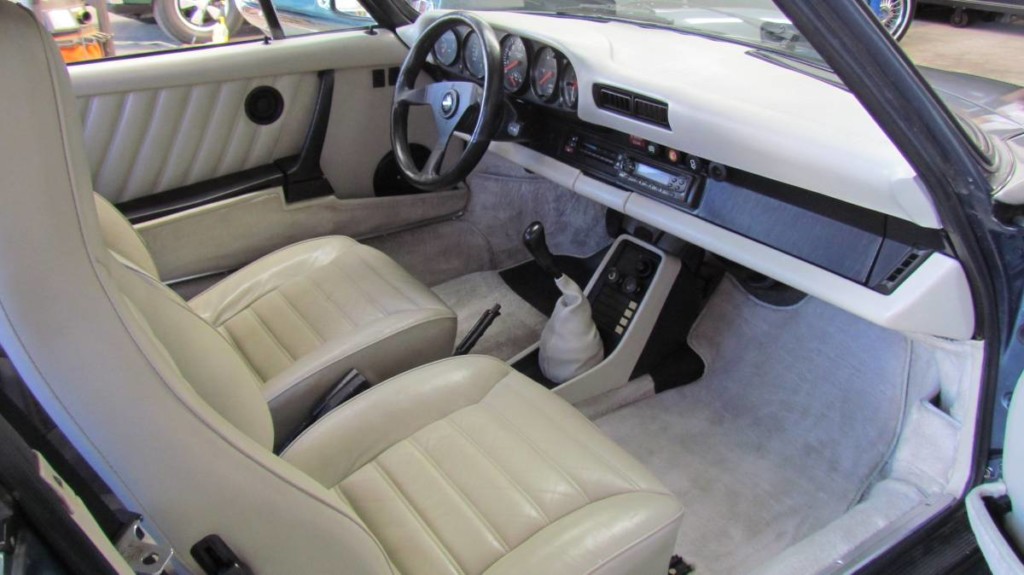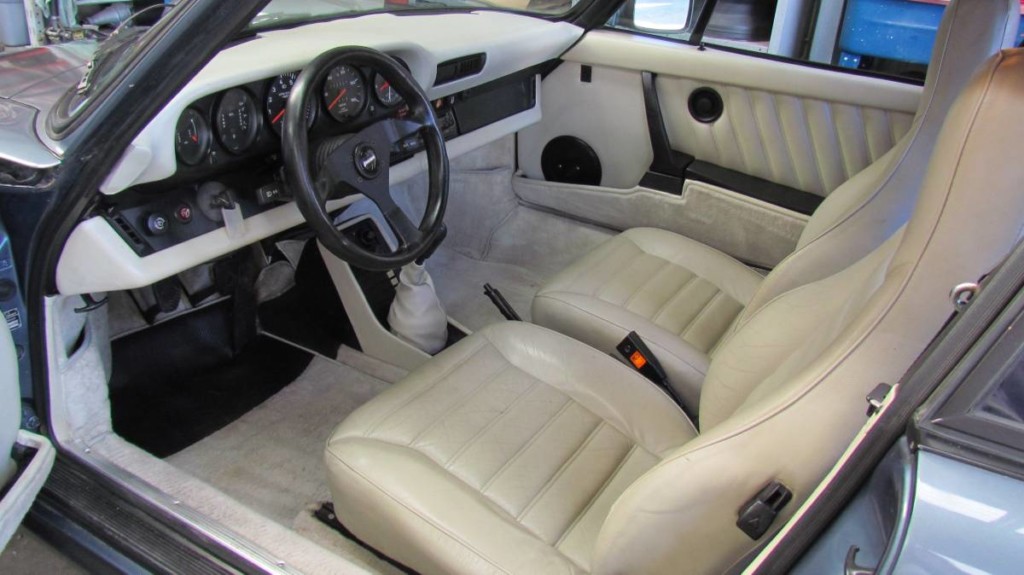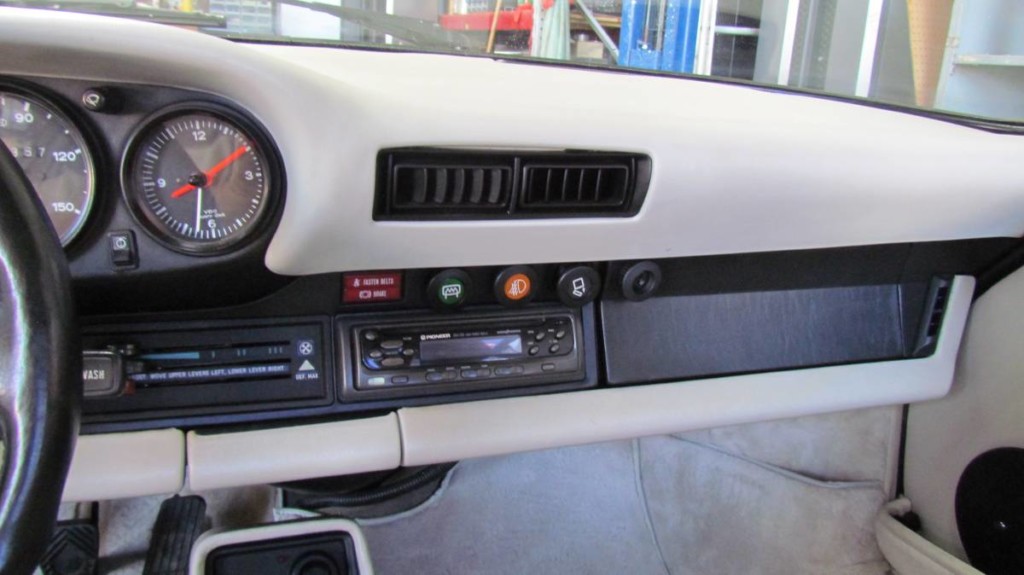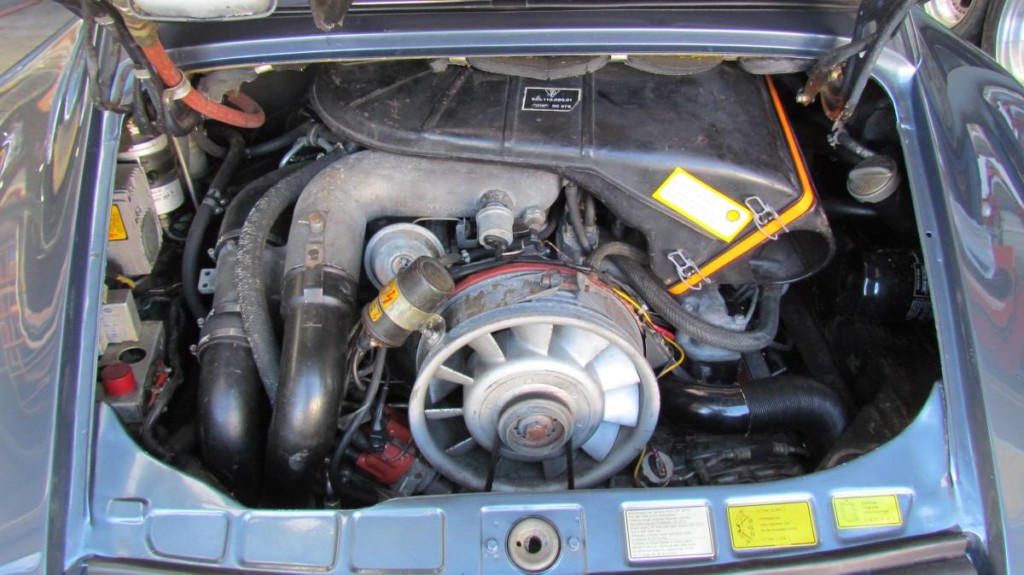*Seller Asking:
$99,500
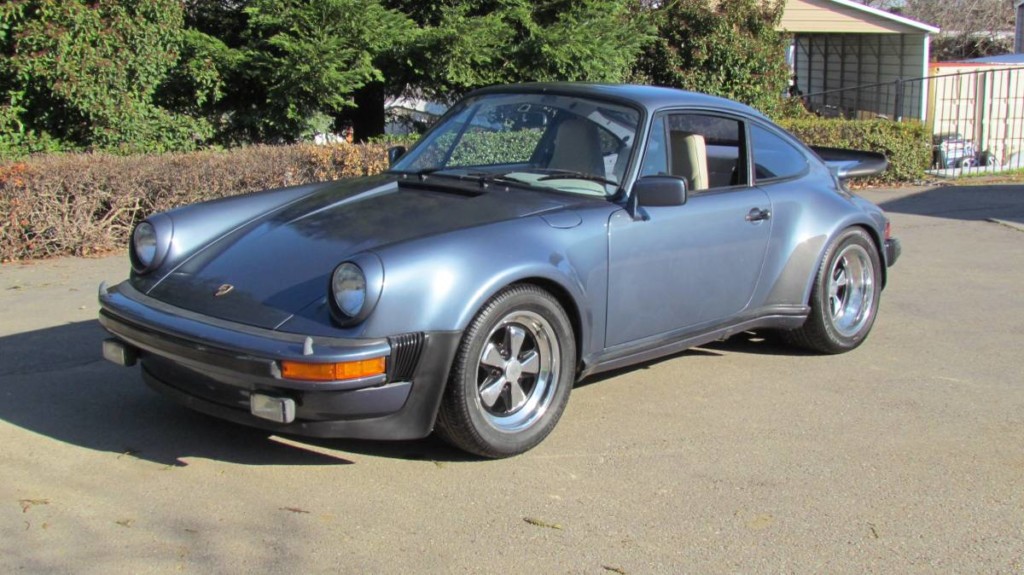
- Car and Driver recorded a 4.9 sec 0-60 time for both the 1976 and 1978 Porsche 911 Turbo, earning them both first place in the magazine’s “quickest cars of the 1970s” ranking. The 2nd place competitor was 0.4 seconds behind
- Porsche stopped selling the 930 Turbo in the States after 1979 because the growing U.S emissions requirements robbed too much power for Porsche’s liking. The Turbo returned in 1986 after Porsche was able to modify their engine management system to accept an oxygen sensor. Combined with a new metallic substrate catalytic converter, the Turbo was able to meet U.S emission requirements without a substantial loss in power
- The Turbo didn’t receive a 5spd transmission until 1989 (the final year of the 930). It had to use a 4spd trans up until that point because the 5spd in the standard Carrera couldn’t handle the thrust of the Turbo
- While it came with a sizable turbocharger for its time, the 3.0L engine had no intercooler, which forced Porsche engineers to run quite a low compression ratio (6.5:1). This meant the 930 made very little power at low engine speeds
- This was fine around town, but once the turbo kicked in at 4,000 RPM, it made for a violent transition in power output. This became a defining characteristic of the 930 (especially the 3.0L cars), as drivers were known to lose control unexpectedly and crash
- It was for this reason, combined with its short wheelbase and unfamiliar weight distribution, that the 3.0L 930 Turbos earned one of the most famous nicknames in the automotive industry: “The Widowmaker”
- The standard wheels increased to 16″
- First year of EGR (exhaust gas recirculation) to meet emissions requirements
- Final year of the 3.0L engine. Displacement increased to 3.3L the following year
- Final year of the “Turbo Carrera” name. 1978 and newer models were simply named “Turbo”
- 1976 and 1977 Turbos did not have an intercooler
- The following year (1978) saw many other changes besides an increased displacement – most notably an intercooler, which allowed the compression ratio to be increased from 6.5:1 to 7:1. ’78 cars also received upgraded brakes
- The easiest way to tell a ’78 from an earlier car is to look at the “whale tail” spoiler. 1978 and newer whale tails were larger and featured an upturned edge on all sides (vs only on the rear edge of 1977 and earlier models)
Seller Notes:
- 36k original miles
- Porsche Certificate of Authenticity (COA) included
- Investment grade 930 Turbo
- Location: Fairfield, California (more photos below)
- Update: Craigslist ad has expired
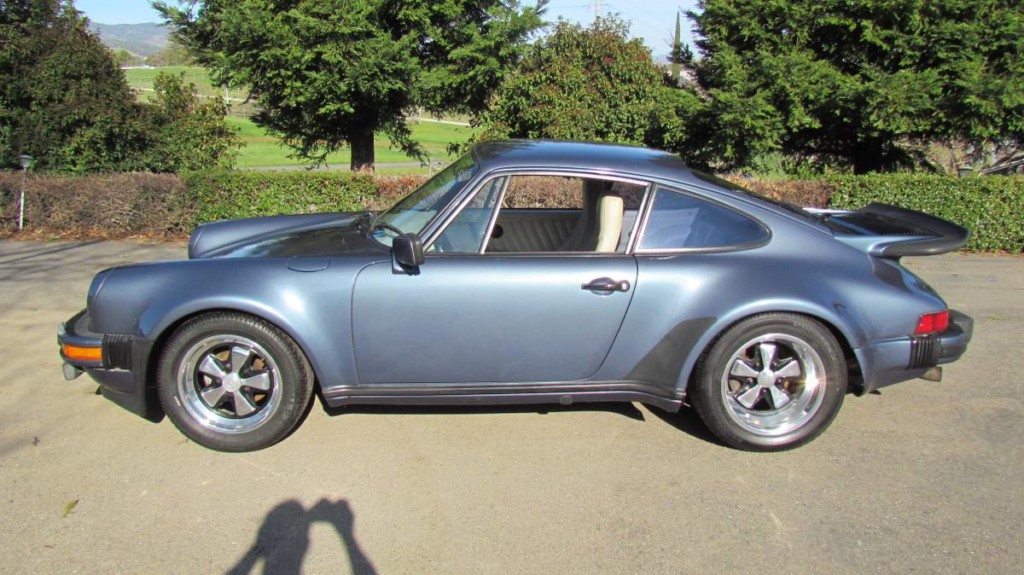
To list your own car, contact us HERE.
*SAE rated from factory. May not reflect current output
*Performance numbers pulled from reputable automotive road tests
*Base price when new does not reflect original MSRP of this particular car, nor does it reflect what the original owner paid for it
*Advertised price at time of posting. Sellers can raise or lower prices on their original ad at any time. Click on the original ad to view current price/availability
Mileage Disclaimer: NOC has not confirmed if the mileage stated by the seller is true and accurate. It is up to the buyer to verify these claims. Vehicle history reports, service records stating mileage, and even inspections of odometer tampering are recommended.
